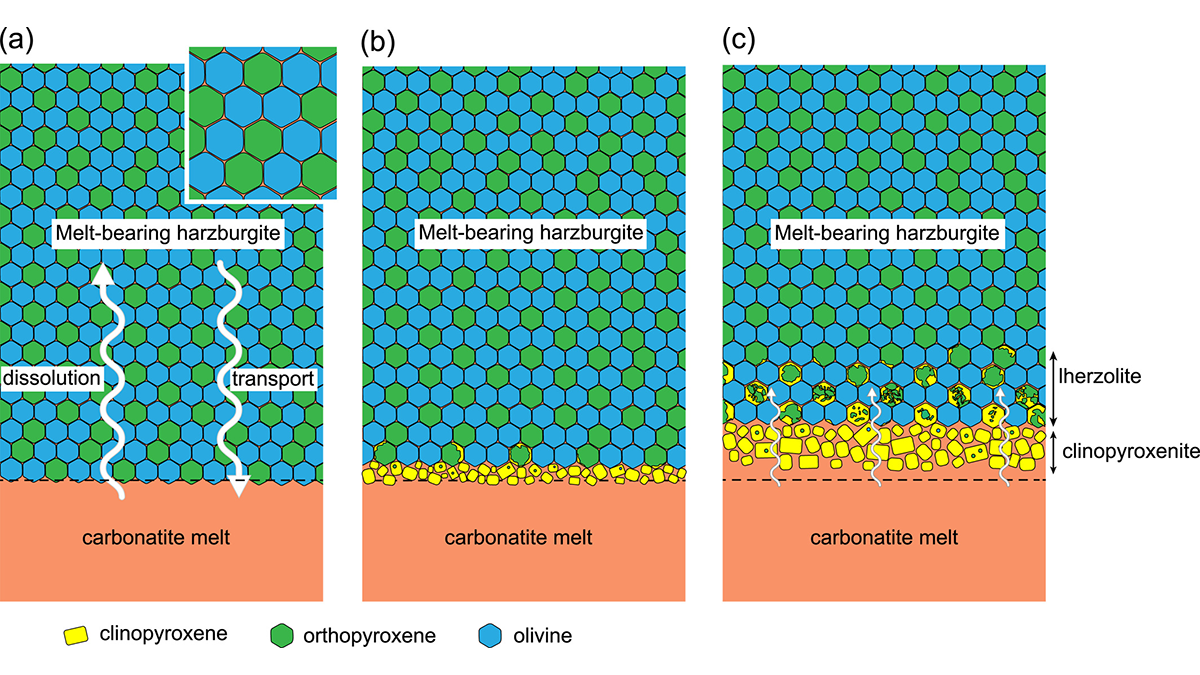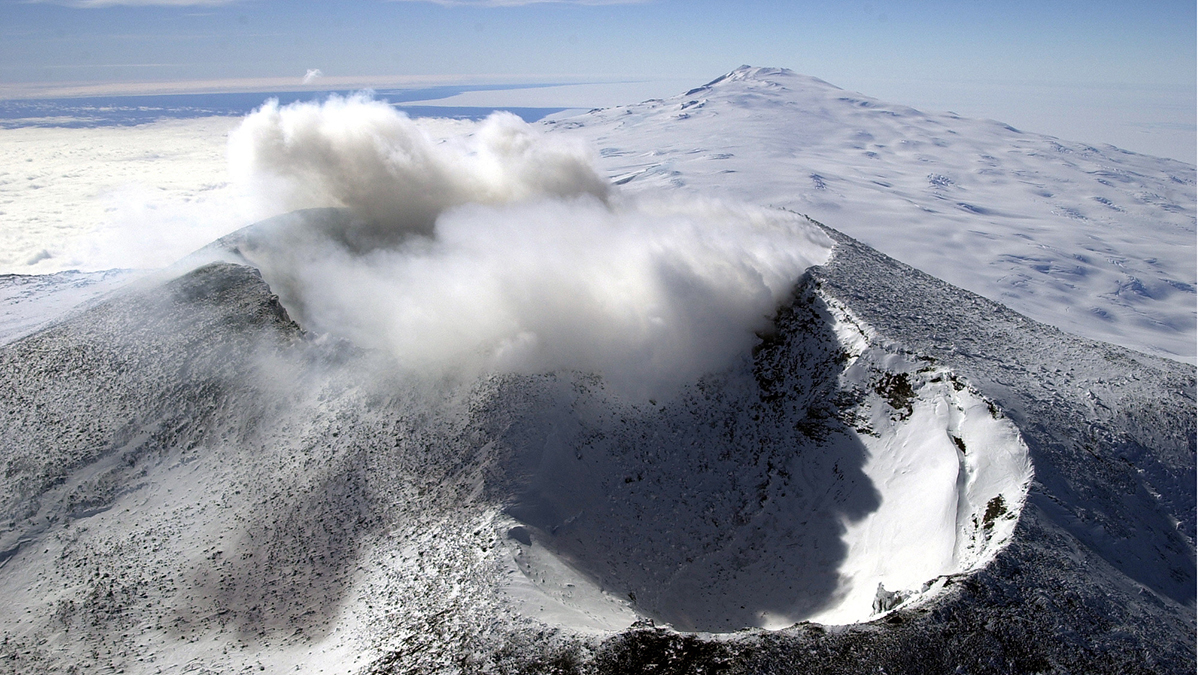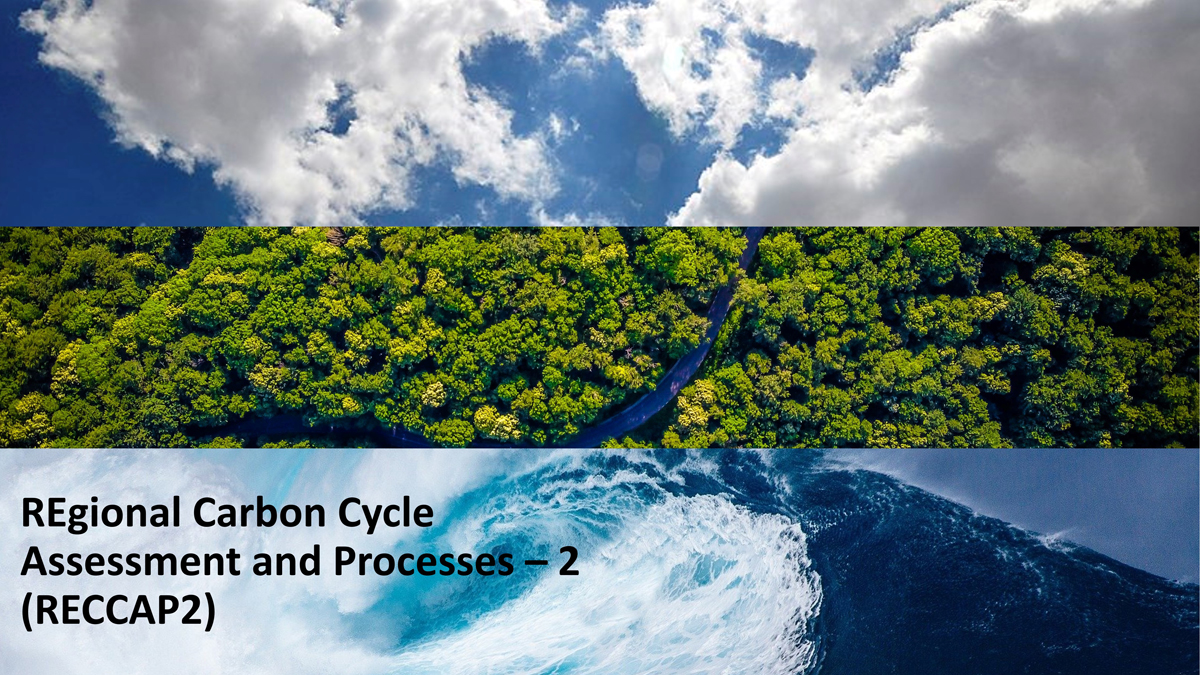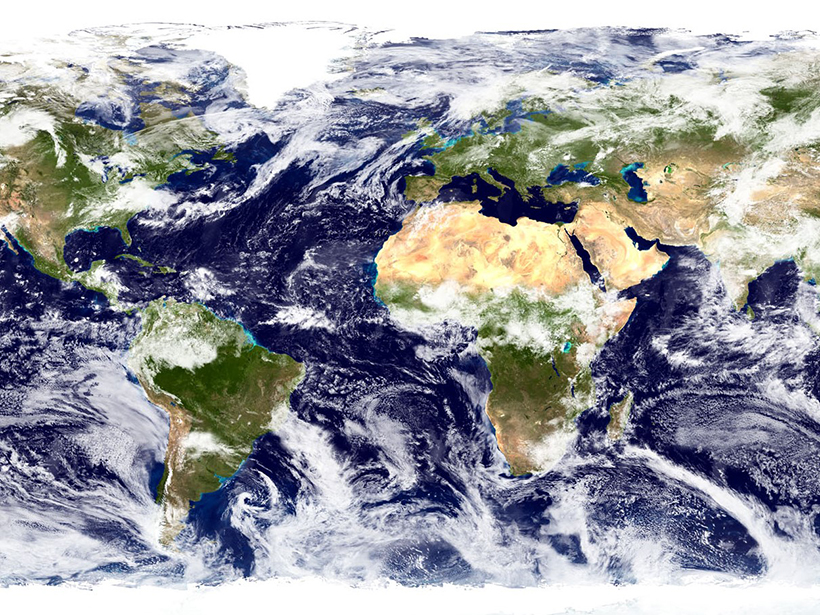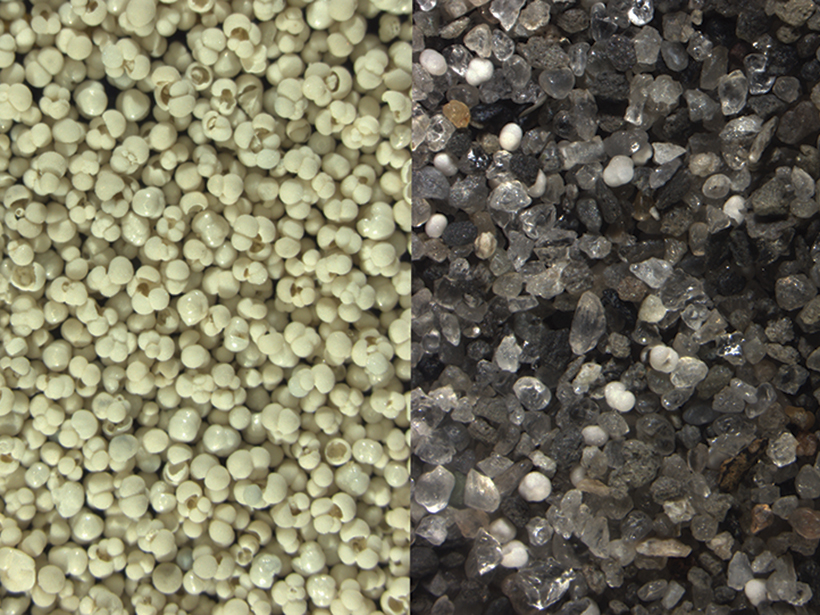Large scale molecular dynamics simulations unravel the coupled processes at work during fracturing and flow of carbon dioxide and water in quartz grains at the nanoscale.
carbon dioxide
Rare and Revealing: Radiocarbon in Service of Paleoceanography
While radiocarbon is best known as a dating tool, this rare isotope can also provide unique and wide-ranging insights into the cycling of carbon in the Earth system.
Why is the North China Craton Vulnerable to Destruction?
A new study suggests that carbonatite metasomatism, not silicate metasomatism as previously thought, was dominant prior to the removal of the North China Craton in the early Cretaceous.
Unlocking the Magmatic Secrets of Antarctica’s Mount Erebus
Unprecedented images of Mount Erebus’s inner workings show the unique trappings of a CO2-rich rift volcano.
Inventorying Earth’s Land and Ocean Greenhouse Gases
A new special collection in AGU journals will present findings from the Second REgional Carbon Cycle Assessment and Processes (RECCAP2) study with a decade of data on greenhouse gas growth.
Why Is Climate More Sensitive in the Latest Earth System Models?
Compared with previous generations, current Earth system models predict that Earth’s climate is more sensitive to carbon dioxide. Where does the increased sensitivity come from?
Golden State Blazes Contributed to Atmospheric Carbon Dioxide
A new case study investigates causes and effects of California’s 2017 wildfire season.
Atlantic Circulation Consistently Tied to Carbon Dioxide
Past ocean surface conditions suggest that over the past 800,000 years, atmospheric carbon dioxide levels typically rose on millennial timescales when Atlantic overturning was weaker and vice versa.
Rover and Lasers Unlock Clues to Early Martian Atmosphere
Sediments from the Curiosity rover and experiments using tanks of gas and laser beams helped reveal how water continued to flow on Mars after the planet lost its atmospheric carbon dioxide.
Project VoiLA: Volatile Recycling in the Lesser Antilles
Deep water cycle studies have largely focused on subduction of lithosphere formed at fast spreading ridges. However, oceanic plates are more likely to become hydrated as spreading rate decreases.



